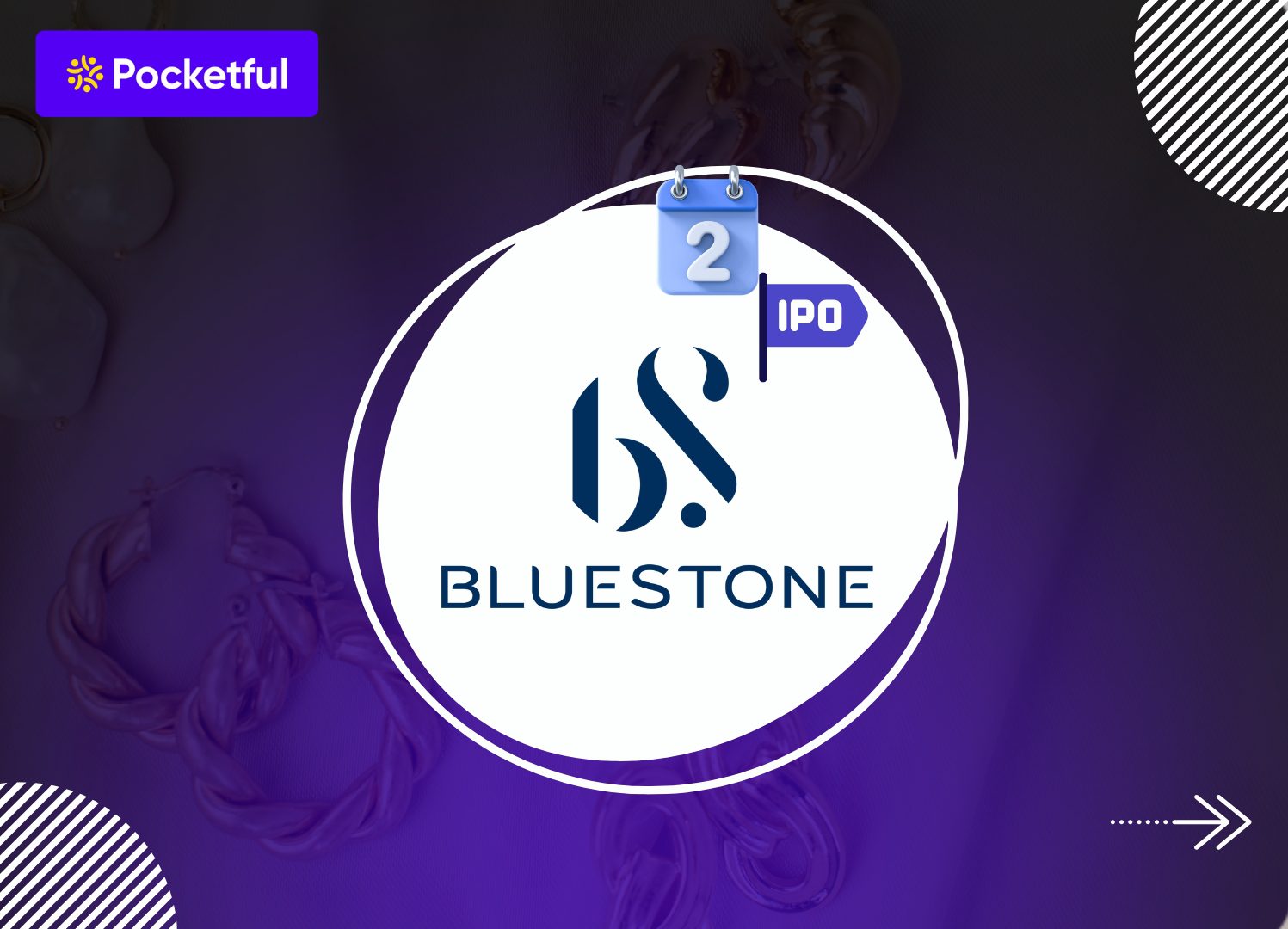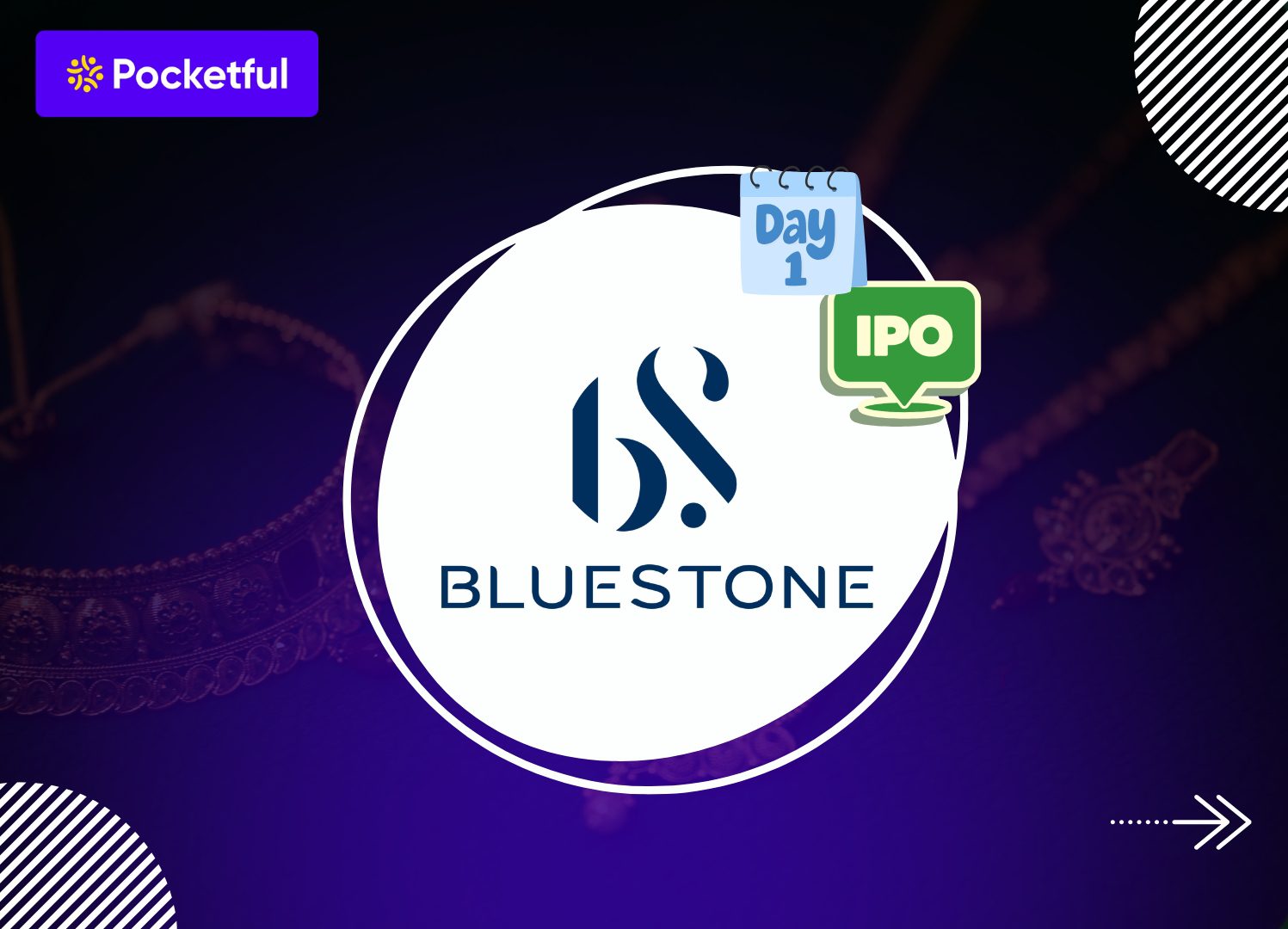Shreeji Shipping Global Limited, a leading player in dry-bulk logistics across non-major ports in India and Sri Lanka, has launched its ₹411 crore IPO, consisting entirely of a fresh issue of 1.63 crore equity shares. The issue opens for subscription on August 19, 2025, at a price band of ₹240 to ₹252 per share, and closes on August 21, 2025. Post allotment, the company’s shares are scheduled to be listed on both the BSE and NSE on August 26, 2025.
Shreeji Shipping IPO Day 1 Subscription Status
The Shreeji Shipping IPO received a strong response on its first day, with an overall subscription of 2.13 times. QIBs subscribed 1.09 times, NIIs 3.54 times, and retail investors 2.13 times.
| Investor Category | Subscription (x) |
|---|---|
| Qualified Institutional Buyers (QIB) | 1.09 |
| Non-Institutional Investors (NII) | 3.54 |
| bNII (above ₹10 lakh) | 3.77 |
| sNII (less than ₹10 lakh) | 3.06 |
| Retail Individual Investors (RII) | 2.13 |
| Total Subscriptions | 2.13 |
Total Applications: 1,82,278
Total Bid Amount (₹ Crores): 613
Objective of the Shreeji Shipping Global IPO
Shreeji Shipping Global Limited intends to utilize the net proceeds from the fresh issue primarily for expansion and strengthening of its fleet through the acquisition of dry bulk carriers in the Supramax category, for partial repayment or prepayment of certain outstanding borrowings, and for general corporate purposes.
| Use of IPO Proceeds | Amount (₹ Cr) |
|---|---|
| Acquisition of Dry Bulk Carriers in Supramax category in the secondary market | 251.18 |
| Pre-payment/ re-payment, in part or full, of certain outstanding borrowings availed by the Company | 23 |
| General Corporate Purposes | – |
Shreeji Shipping IPO GMP – Day 1 Update
The grey market premium (GMP) of Shreeji Shipping IPO is ₹30, as on 5:00 PM August 19, 2025. The upper limit of the price band is ₹252, and the estimated listing price as per today’s GMP can be ₹282, giving a potential gain of around 11.90% per share.
| Date | GMP | Est. Listing Price | Gain |
|---|---|---|---|
| 19-08-2025 (DAY 1) | ₹30 | ₹282 | 11.90% |
Disclaimer: The above GMP (Grey Market Premium) is just unofficial market information, which is not officially confirmed. These figures are shared for informational purposes only and investment decisions based on these should be based on the investor’s own research and discretion. We do not conduct, recommend or support any kind of transaction in the grey market.
Shreeji Shipping IPO – Key Details
| Particulars | Details |
|---|---|
| IPO Opening Date | August 19, 2025 |
| IPO Closing Date | August 21, 2025 |
| Issue Price Band | ₹240 to ₹252 per share |
| Total Issue Size | 1,62,98,000 shares(aggregating up to ₹410.71 Cr) |
| Listing Platform | BSE, NSE |
| Registrar | Bigshare Services Private Limited |
| Shreeji Shipping IPO RHP | Click Here |
Important Dates for Shreeji Shipping IPO Allotment
| Event | Date |
|---|---|
| Tentative Allotment | August 22, 2025 |
| Refunds Initiation | August 25, 2025 |
| Credit of Shares to Demat | August 25, 2025 |
| Listing Date | August 26, 2025 |
Shreeji Shipping Overview
Shreeji Shipping Global Limited is an integrated shipping and logistics service provider specializing in dry bulk cargo handling across ports and jetties in India and Sri Lanka. With over three decades of industry experience, the company operates a fleet of 80+ vessels, 370+ earthmoving equipment, and offers end-to-end solutions including lighterage, stevedoring, cargo management, transportation, fleet chartering, and equipment rentals. Focused on non-major ports, particularly along India’s west coast, Shreeji serves diverse sectors such as oil and gas, energy, FMCG, coal, and metals. For FY 2025, it reported revenues of ₹6,076.13 million and PAT of ₹1,412.37 million.
Easy Steps to Apply for Shreeji Shipping IPO via Pocketful
Step 1 : Install the Pocketful Application from Play Store or App Store
Step 2 : Sign up and complete your KYC requirements
Step 3 : Go to the IPO section from the home page
Step 4 : Look for “Shreeji Shipping” in the list
Step 5 : Tap on Apply and enter your bid details
Frequently Asked Questions (FAQs)
What is the opening and closing date of Shreeji Shipping IPO?
Shreeji Shipping IPO is open on 19 August 2025 and will close on 21 August 2025.
What is the price band of the Shreeji Shipping IPO?
Its price band is fixed from ₹240 to ₹252 per share.
What is the GMP (Grey Market Premium) of Shreeji Shipping IPO today?
The GMP on 19 August 2025 is ₹30, which leads to a possible listing price of ₹282.
What is the total issue size of Shreeji Shipping IPO?
The total issue size of the Shreeji Shipping IPO is ₹410.71 crore, which is entirely a fresh issue.
What is the expected listing date of Shreeji Shipping?
This IPO is expected to be listed on BSE and NSE on August 26, 2025.










